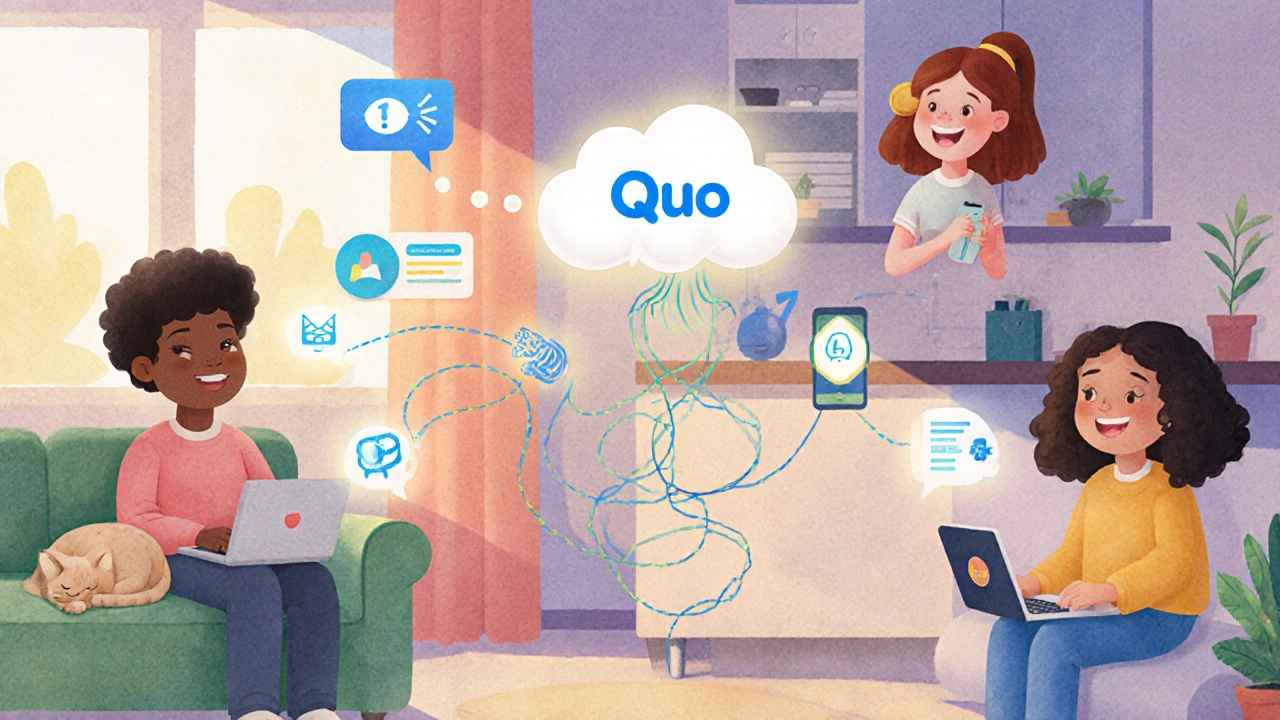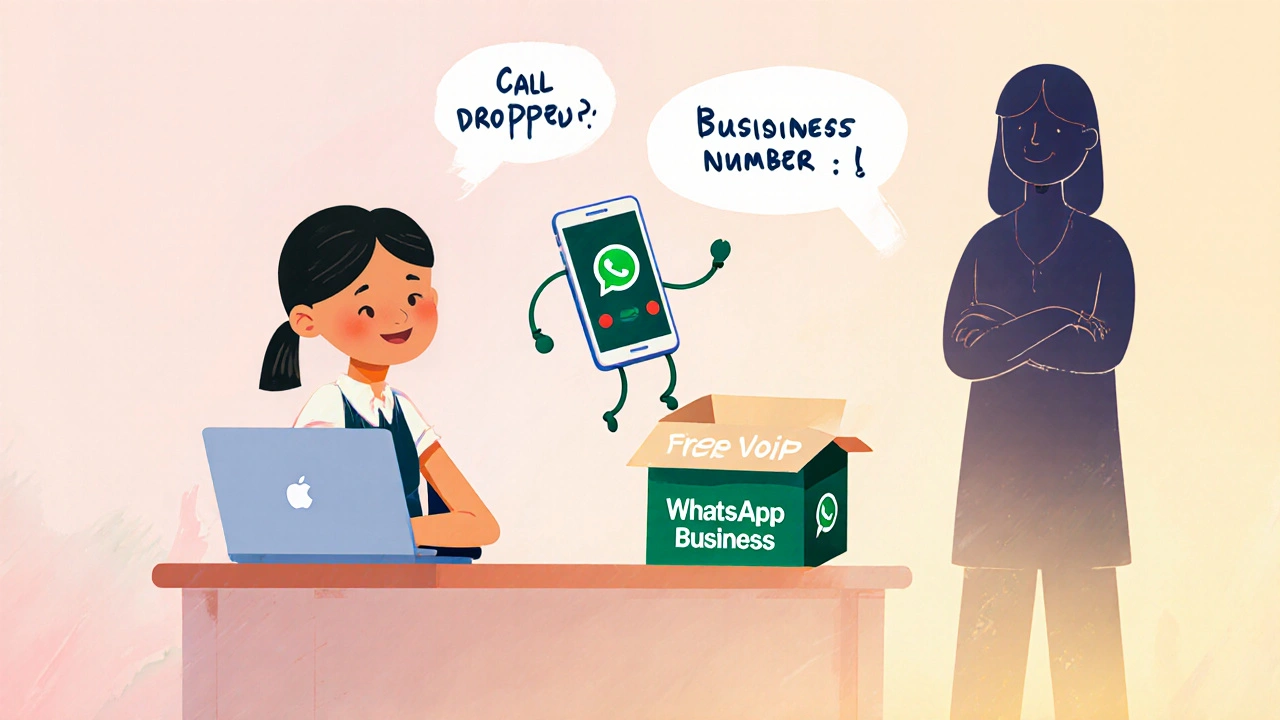VoIP for Small Business
When you run a small business, your phone system shouldn’t drain your budget or complicate daily operations. VoIP for small business, a phone system that sends voice calls over the internet instead of traditional phone lines. Also known as IP telephony, it lets you make calls from any device with an internet connection—whether you’re at your desk, at home, or on the road. Unlike old-school landlines, VoIP scales with you. Add a new employee? Just assign a softphone app. Need to route calls after hours? Set up an auto-attendant, a digital receptionist that answers calls and directs them based on menu options. No extra hardware. No long-term contracts.
One of the biggest reasons small businesses switch to VoIP? Cost. Cloud VoIP, a phone system hosted online by a provider, not on your own servers. slashes monthly bills by 50% or more compared to legacy PBX systems. You don’t pay for physical lines, maintenance crews, or expensive upgrades. But setup isn’t free—there are hidden costs in hardware, training, and configuration. That’s why so many small businesses waste money buying fancy handsets they never use, or hiring consultants to install systems they could set up themselves in an afternoon. The right VoIP setup for you isn’t about the most features—it’s about the features you actually need.
And it’s not just about saving money. VoIP gives you tools that used to be only for big corporations. Call recording compliance, the legal process of recording customer calls while following rules like TCPA, HIPAA, and GDPR. helps you train staff, resolve disputes, and protect your business. VoIP setup cost, the total expense of getting a VoIP system running, including phones, internet upgrades, and employee training. isn’t just a one-time fee—it’s an investment in reliability. If your internet goes down, your calls go down. That’s why many smart small businesses pair VoIP with a backup internet line or use mobile apps as fail-safes.
Real teams use VoIP to handle everything from customer support to sales calls to international outreach. A bakery in Ohio uses it to take weekend orders from customers across the country. A freelance designer in Texas uses it to call clients in London without roaming charges. A church in Nebraska tracks donations through call tagging so volunteers know who to follow up with. Each of them uses different tools, but they all rely on the same foundation: a phone system that works like their business—simple, flexible, and smart.
Below, you’ll find practical guides that cut through the noise. No fluff. No vendor hype. Just clear answers on how to set up VoIP without overspending, how to record calls legally, which features actually improve service, and how to avoid the mistakes that cost small businesses thousands.

